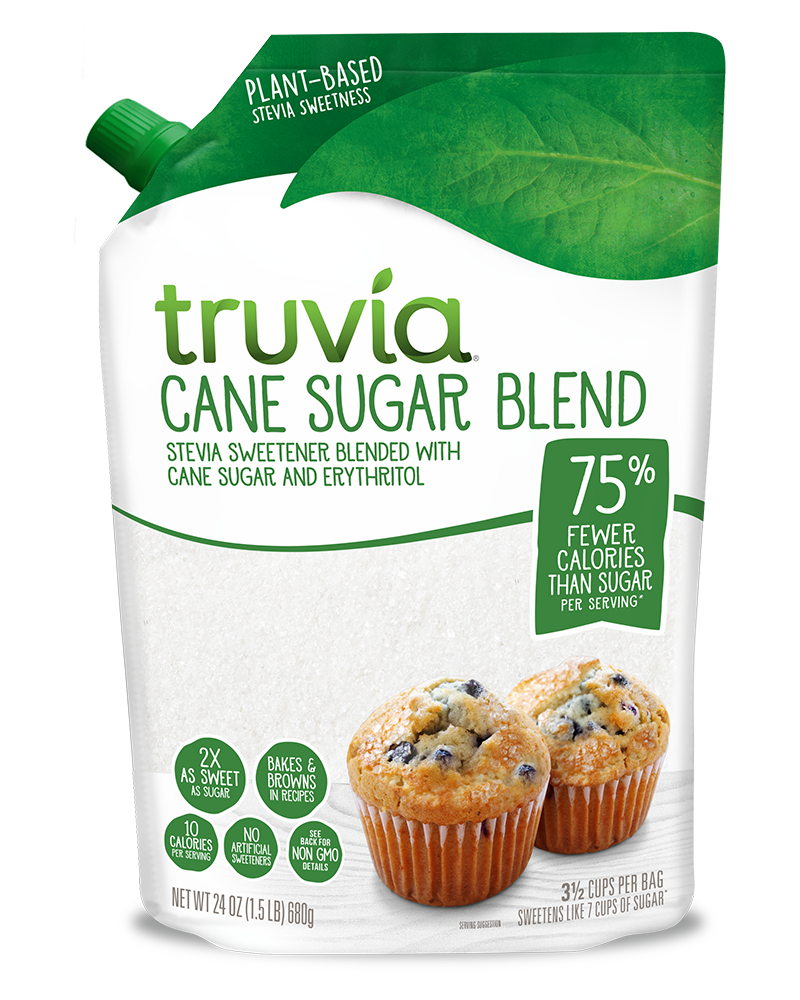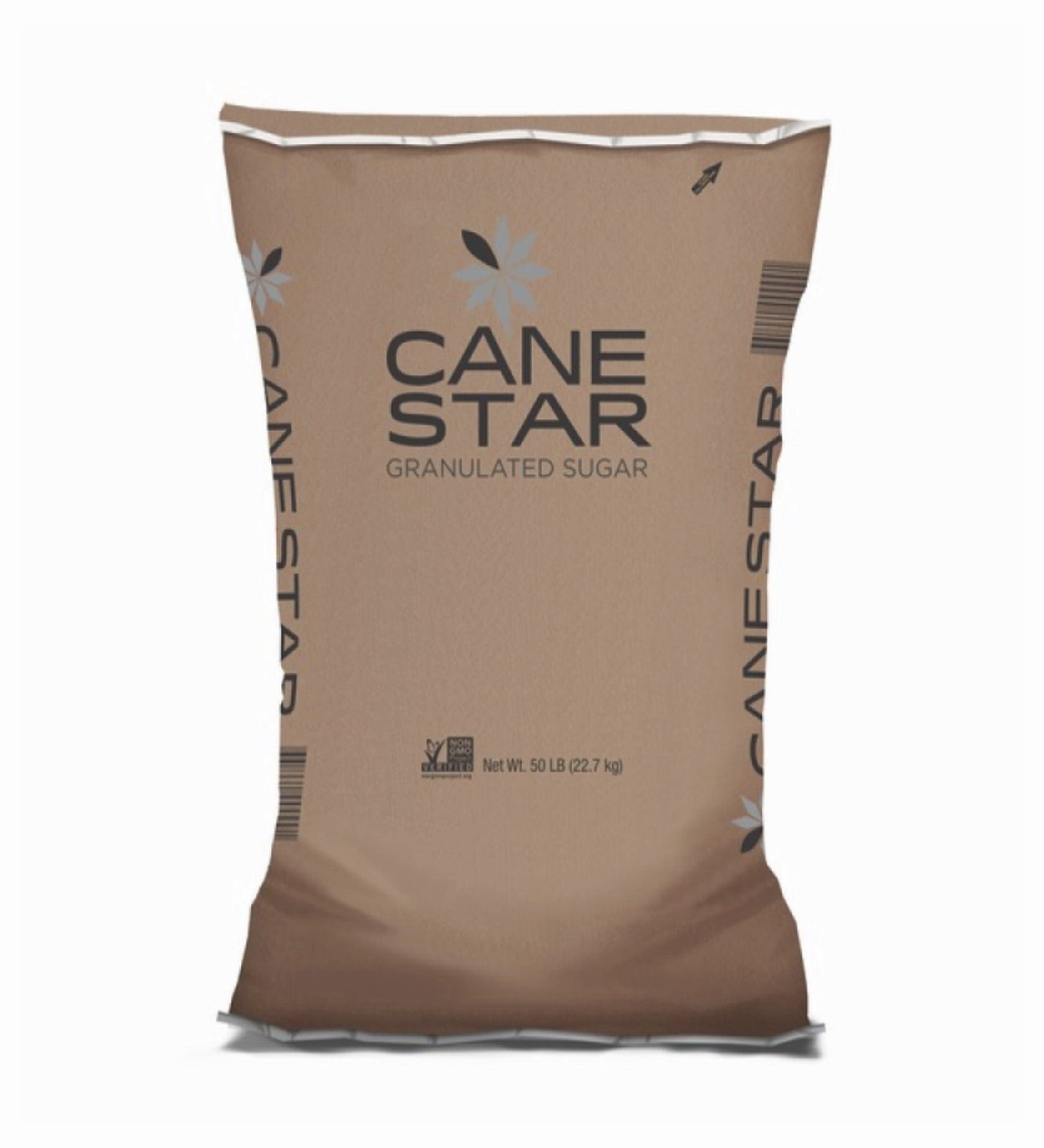Cane Sugar Processing: Innovative Techniques for High Quality Production
Cane Sugar Processing: Innovative Techniques for High Quality Production
Blog Article
A Thorough Overview to the Ecological Influence and Sustainability Practices in Cane Sugar Processing
The ecological influence of walking stick sugar handling presents a complicated range of difficulties that warrant cautious evaluation. From soil degradation and too much water use to the carbon footprint related to growing and manufacturing, the repercussions of typical techniques are far-reaching. On the other hand, the fostering of innovative sustainability procedures uses a path towards more accountable production approaches. Recognizing the interaction between these issues is essential for stakeholders in the sector. What details practices can be executed to strike an equilibrium in between productivity and ecological stewardship? The answers exist in a better consider both the obstacles and prospective remedies.
Overview of Walking Cane Sugar Handling
Walking stick sugar processing entails a series of systematic actions that transform sugarcane into refined sugar. Initially, collected sugarcane is transferred to refining centers, where it goes through cleaning to get rid of dirt and particles. Following this, the cane is squashed to draw out juice, which is then made clear by removing contaminations with home heating and the addition of lime.
The made clear juice undertakes evaporation, where water is eliminated to focus the sugar web content. These crystals are separated from the remaining syrup using centrifugation, resulting in raw sugar.
The last item is after that dried and packaged for distribution. Throughout this entire procedure, keeping performance and quality control is necessary to guarantee the sugar satisfies sector criteria. Each action in cane sugar processing not only contributes to the end product but also has ramifications for resource use and waste generation, establishing the phase for conversations on sustainability and ecological influences related to sugar production.
Environmental Obstacles of Production
The manufacturing of walking cane sugar offers numerous substantial ecological difficulties that warrant interest. One main issue is the substantial use agrochemicals, consisting of chemicals and fertilizers, which can result in soil degradation, biodiversity loss, and contamination of local water resources. The drainage from sugarcane areas frequently carries these chemicals right into neighboring ecosystems, interfering with marine life and influencing the health and wellness of neighborhoods reliant on these water bodies.
Another obstacle is the high power usage related to sugarcane handling. The boiling and refining phases need significant heat, mostly produced by burning fossil gas, contributing to greenhouse gas emissions. In addition, the extensive acreage needed for sugarcane farming can cause deforestation and habitat destruction, additional worsening climate adjustment and harmful wildlife.
Moreover, the labor methods in some regions elevate ethical problems, as workers might deal with poor working problems and insufficient incomes. This circumstance typically perpetuates a cycle of hardship in regional neighborhoods. Cane Sugar Processing. Addressing these ecological obstacles is important for creating much more lasting techniques in walking stick sugar manufacturing, eventually profiting both the environment and the areas associated with this market
Water and Land Use Impact
Water resources and land usage are vital parts in the walking cane sugar industry that dramatically impact the atmosphere. The farming of sugarcane requires considerable water input, with quotes recommending that it can consume as much as 2,000 litres of water per kilo of sugar created. This extensive use water typically results in exhaustion of neighborhood water sources, affecting not only the sugarcane vineyards but also surrounding ecosystems and communities that rely upon the exact same water resources for farming and residential usage.

Moreover, land use for sugarcane farming can result in logging and the conversion of natural environments into monoculture vineyards. This technique lessens biodiversity, interrupts neighborhood communities, and adds to soil degradation. The growth of sugarcane areas often intrudes on useful agricultural land, developing competition for resources in between food and biofuel production.
Sustainable methods, such as optimizing irrigation methods and applying crop turning, are important to alleviate these influences. By adopting a lot more reliable water usage and land management strategies, the walking cane sugar industry can minimize its eco-friendly footprint, guaranteeing an equilibrium in between agricultural efficiency and environmental conservation.
Greenhouse Gas Emissions
Greenhouse gas exhausts represent a considerable ecological issue within the walking stick sugar handling market, specifically as agricultural practices broaden my response to satisfy international need. The cultivation of sugarcane, a crop that thrives in exotic environments, counts greatly on artificial plant foods and chemicals, which add to nitrous oxide emissions. Furthermore, land-use adjustments, including logging for brand-new sugarcane haciendas, launch co2 stored in vegetation and soil.
Throughout handling, energy consumption is another major resource of greenhouse gas discharges - Cane Sugar Processing. Numerous sugar mills utilize fossil fuels to power equipment and produce heat, causing substantial carbon footprints. Additionally, the transportation of raw sugarcane and completed items includes layers of discharges through gas burning in cars
This includes reviewing present farming techniques, processing approaches, and transportation systems to determine locations for improvement and reduction. Addressing greenhouse gas discharges is essential for promoting an extra sustainable walking stick sugar sector in a transforming climate.

Lasting Practices and Innovations
Lasting techniques and advancements are progressively vital in the walking cane sugar processing industry as stakeholders look for to reduce ecological effects while keeping efficiency. One significant innovation is the application of incorporated crop administration, which enhances resource usage by integrating dirt administration, bug control, and plant turning strategies. This method boosts yield while decreasing chemical inputs and protecting dirt health and wellness.
Moreover, the adoption of renewable resource resources, such as biomass from sugarcane residues, has obtained traction - Cane Sugar Processing. By transforming waste items into power, processing facilities can decrease their dependence on nonrenewable fuel sources, consequently lowering greenhouse gas discharges
Water monitoring practices have additionally seen improvements through the recycling and reusing of water in handling plants, considerably minimizing freshwater intake. Developments in modern technology, such as precision agriculture, allow farmers to check crop health and wellness and source use more efficiently, making sure lasting cultivation practices.
Additionally, accreditation programs like learn the facts here now Fair Trade and Rain forest Alliance motivate ecologically liable farming methods and advertise social equity within the supply chain. By welcoming these lasting techniques and innovations, the cane sugar processing industry can boost its strength and contribute positively to ecological stewardship.
Conclusion
The environmental impact of walking cane sugar handling offers considerable difficulties, including soil degradation, high water usage, and greenhouse gas exhausts, along with moral problems associated with labor methods. Resolving these problems via lasting techniques, such as incorporated crop management, renewable resource fostering, and water recycling, is necessary. By advertising ecologically accountable and socially equitable go right here techniques in sugar production, the industry can mitigate its damaging results, making sure a much more sustainable future for both communities and communities involved in this market.
Cane sugar processing involves a series of organized steps that change sugarcane right into refined sugar. Each action in walking stick sugar handling not just adds to the last product however also has effects for resource use and waste generation, establishing the stage for conversations on sustainability and environmental effects associated with sugar manufacturing.
Greenhouse gas discharges stand for a considerable environmental worry within the cane sugar handling industry, specifically as agricultural methods expand to satisfy global demand.Lasting practices and technologies are progressively vital in the walking cane sugar handling sector as stakeholders look for to lower environmental influences while maintaining efficiency.The ecological impact of walking stick sugar handling presents considerable obstacles, including soil destruction, high water intake, and greenhouse gas emissions, together with moral issues associated to labor techniques.
Report this page